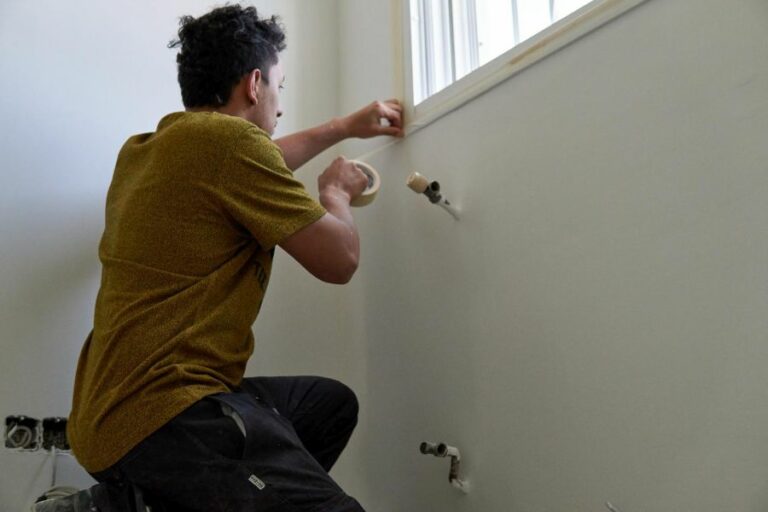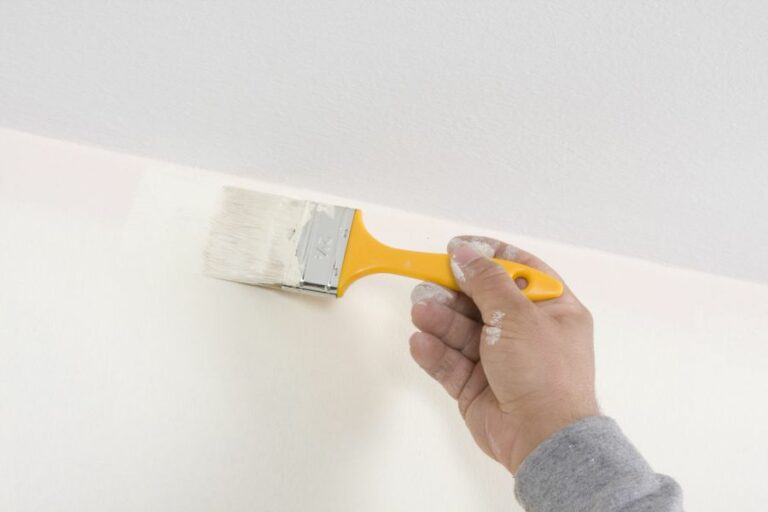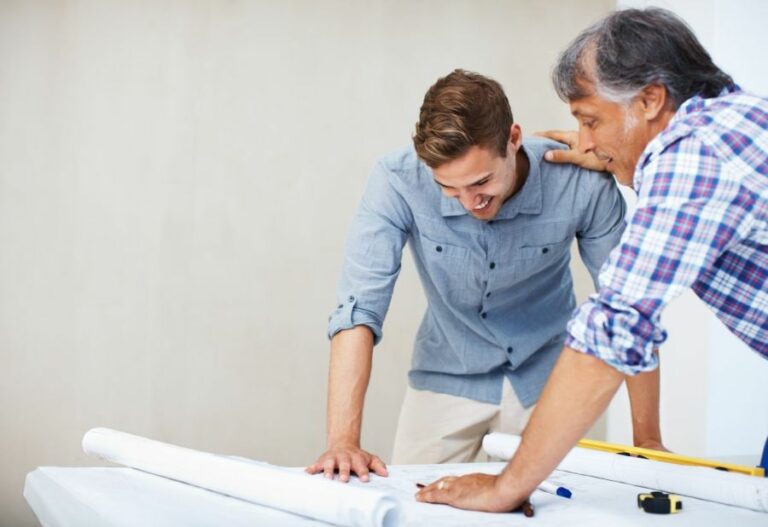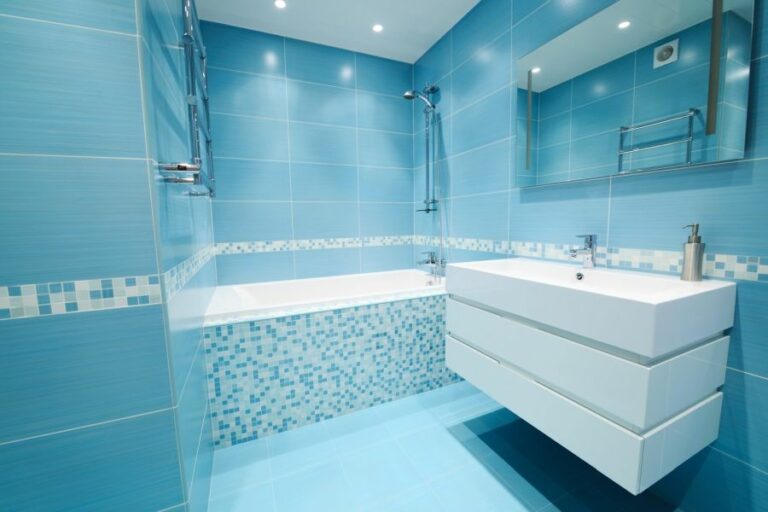Ready Surfaces For Creative Finishes, 25 Things You Should Know
Are you ready to transform ordinary surfaces into stunning, eye-catching masterpieces but unsure where to begin? You’re in the right place as I’m about to reveal the secrets to preparing various surfaces for different creative finishes. With time-tested techniques and expert advice, you’ll have everything you need to successfully prep your work area, ensuring your finished project exceeds your wildest imagination.
Ready surfaces for creative finishes:
Ready surfaces for creative finishes include MDF (medium-density fiberboard), plasterboard, concrete, and wood. Proper preparation depends on the surface type and desired finish, commonly involving cleaning, stripping, sanding, and priming. Using high-quality materials and tools, allowing sufficient drying time, and testing finishes on inconspicuous areas ensure optimal results.

Discover the secrets to preparing perfect surfaces for your artistic endeavors! Unleash your creativity by mastering these essential techniques. Read on and make your masterpieces truly shine.
Contents
Prepared Surfaces for Innovative Finish Touches
When it comes to adding creative finishes to a project, surface quality is paramount. Careful preparation of the substrate will result in a successful finish and long-lasting results.
• Types of Ready Surfaces
There are a variety of ready surfaces available on the market for different applications. Some of the most common include:
– MDF (Medium Density Fiberboard)
MDF is an engineered wood product made from wood fibers combined with wax and resin. It is a popular choice for painting and other creative finishes because it is smooth and consistent.
– Plasterboard
Also known as drywall, plasterboard is made of gypsum plaster that is sandwiched between paper layers. It is widely used for walls and ceilings due to its smooth surface, which readily accepts paint and other finishes.
– Concrete
Concrete surfaces, both interior and exterior, can be prepared for creative finishes. Providing a solid and durable base, concrete is an excellent choice for various finishes, including paint, stain, and even decorative overlays.
– Wood
Wood surfaces (e.g., furniture, cabinets, paneling) can also be prepared for creative finishes. The type and quality of the wood and its existing finish will determine the preparation process and the final result.
• Preparing Surfaces for Creative Finishes
Preparing a surface for a creative finish depends on its existing state, the type of finish being applied, and the desired outcome. Here is an overview of the steps involved for various surfaces:
– Prepping MDF
- Sanding: MDF is already relatively smooth, but sanding with fine-grit sandpaper (220 grit) will remove any imperfections and provide an even smoother surface.
- Priming: Priming with a high-quality, oil-based primer will help seal the porous MDF surface and provide a better bond for paint or other finishes.
- Sanding again: After the primer is dry, lightly sand with fine-grit sandpaper to remove any drips, runs, or brush marks before applying the finish.
– Prepping Plasterboard
- Repairing imperfections: Fill any holes, cracks, or dents with a premixed joint compound and smooth with a putty knife. Allow the compound to dry, and then sand it smooth.
- Applying joint tape: Apply joint tape to any seams and cover with a thin layer of joint compound. Smooth with a putty knife and allow it to dry before sanding.
- Priming: Use a high-quality latex or acrylic primer to seal the plasterboard and provide a smooth surface for paint or other finishes.
– Prepping Concrete
- Cleaning: Sweep or vacuum the surface to remove dust and debris. Wash the concrete with a detergent and water solution to remove any grease, oil, or other contaminants.
- Stripping: Remove any existing paint, sealer, or other coatings with a chemical stripper or by grinding.
- Etching: Acid etching is necessary for a proper bond when applying stains, paint, or overlay materials. This process opens the concrete’s pores, allowing the finish material to adhere correctly.
- Neutralizing: After etching, neutralize the acid by rinsing the surface thoroughly with water and then applying a neutralizing solution of baking soda and water.
– Prepping Wood
- Cleaning: Wipe the surface with a cloth or vacuum to remove dust and debris.
- Stripping: If the wood has an existing finish, use a chemical stripper to remove it.
- Sanding: Sand the wood, starting with coarse-grit sandpaper (80 grit) and moving up to finer grits (220 grit) until the surface is smooth and even.
- Conditioning: If staining, apply a wood conditioner to ensure even absorption of the stain.
• Recommendations for a Successful Creative Finish
Here are some additional tips to ensure the best outcome for your creative finishes:
- Always test a finish on an inconspicuous area or scrap piece of the same material first. This practice will help you verify the desired outcome before applying the finish to the entire surface.
- Use high-quality materials and tools, such as brushes and rollers, to avoid leaving brush marks, drips, or other imperfections in the finish.
- Allow sufficient drying time between each step in the preparation and finishing process. Rushing through the drying times can impact the final result.
• Conclusion
By carefully preparing and selecting the appropriate ready surface for your project, you will be one step closer to achieving a professional and long-lasting creative finish. Proper surface preparation is crucial to the success of any creative finish and ensures that the end result is both beautiful and durable.







